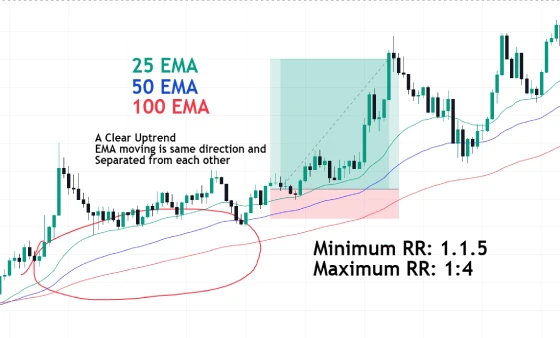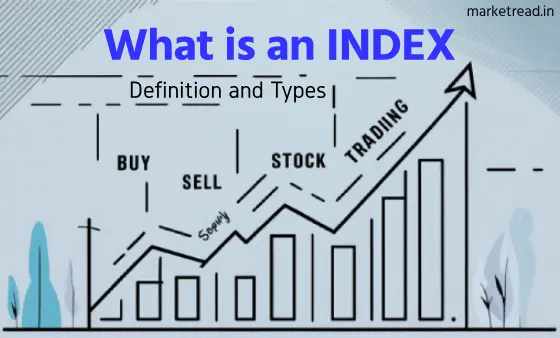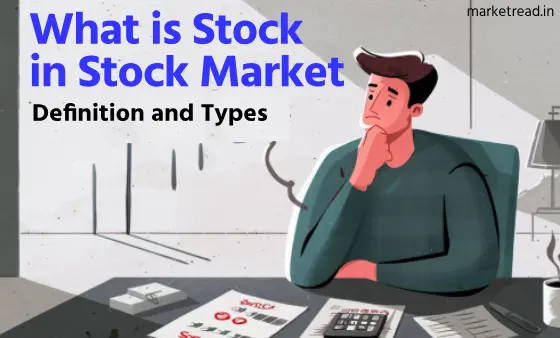Table of Contents
Scalping Strategies for Forex Day Trading
This article presents two forex scalping strategies. The first uses three exponential moving averages (25, 50, and 100 periods) on a 5-minute timeframe to identify trends and entry/exit points, aiming for a 1.5 times stop-loss profit target. The second strategy combines the RSI, 200 EMA, and engulfing patterns on a 5-minute timeframe, targeting a 2 times stop-loss profit. Both strategies emphasize risk management, including limiting capital risked per trade and knowing when to take breaks. The article also concludes with five tips for successful scalping, focusing on trade selection, risk management, broker choice, and focusing on a single currency pair.
You will love this if you are serious trader: Download Candlestick Pattern Cheat Sheet
EASY Scalping Strategy For Daytrading Forex (High Winrate Strategy)
This post outlining two distinct scalping strategies for Forex day trading. We focuses on providing easily implementable methods with a focus on high win rates. The key themes revolve around using specific technical indicators (Exponential Moving Averages, Relative Strength Index, and engulfing patterns) and emphasizing disciplined risk management.
Strategies and Entry/Exit Rules:
Strategy 1: Triple EMA Scalping – Ride the Trend with Confidence
- Indicators: This strategy employs three exponential moving averages: 25-period, 50-period, and 100-period.
- Timeframe: The strategy operates on the 5-minute timeframe.
- Trend Identification: A clear existing trend is crucial. The three EMAs should be moving in the same direction and be separated from each other.
- “Remember we don’t want ranging markets which can be identified by the EMA heading sideways” and avoid markets where “the lines are crossing each other.”
- Candles must be “fully outside of the 25 ema.”
- Entry Signal: Wait for a pullback where the price closes below the 25 or 50 EMA.
- “Our entry signal will be when the price makes a pullback and closes below the 25 or 50 ema.”
- The entry is when the price reverses back up to the 25 EMA after the pullback, indicating a continuation of the trend.

- Stop Loss & Profit Target: Stop-loss is set at the 50 EMA.
- Profit target is set at 1.5 times the stop-loss.
- “You want to set your stop loss at the 50 EMA and for your profit target, you set it at 1.5 times your stop loss. You can also trail Stop-loss in trending market.”
- Trade Cancellation: If the price breaks below the 100 EMA during the pullback, the setup is cancelled. “if the price instead went down and broke below the 100 EMA you cancel your whole setup and look for other trade opportunities because this may indicate that the trend is changing.”
Want to learn more about trading : Trading Guide for Beginner
Strategy 2: RSI, 200 EMA & Engulfing Pattern – Precision Entry for Quick Moves
For Bullish Entry
- Indicators:200-period EMA
- Relative Strength Index (RSI) set with a middle line at 50
- Timeframe: This strategy utilizes the 5-minute timeframe.
- Entry Signal (Long): Price is above the 200 EMA.
- A bullish engulfing pattern appears.
- RSI is above the 50 line.

For Bearish Entry
- Entry Signal (short): Price is below the 200 EMA.
- A bearish engulfing pattern appears.
- RSI is below the 50 line.
- Stop Loss & Profit Target: Stop loss is set below the entry candle.
- The profit target is set at 2 times the stop-loss. “For your profit target, you set it at 2 times your stop loss.”

5 Practical Scalping Tips to Boost Your Results
- Selective Trading: Don’t take every entry signal. Focus on manageable trades. “you don’t need to take all of them only take traits that you are able to manage because it’s very hard to handle multiple traits at once, especially when you’re scalping.”
- Risk Management: Risk no more than 1% of capital per trade, with a recommendation to risk 0.5%. “you never want to risk more than one percent of your capital per trade; i recommend risking only 0.5 percent each trade.”
- Know When to Stop: Take breaks to avoid fatigue and maintain focus. “it’s very important to know when to take a break You don’t have to worry about missing entry signals because there will always be other opportunities in the market.”
- Low Spread Broker: Use a broker with low spreads, as every pip matters in scalping. “if you’re using a broker with a wide spread, you will have a hard time making a profit.”
- Stick to One Pair: Focus on one currency pair to master its patterns. “Just choose one that you’re comfortable with and stay with it.”
Why These Forex Scalping Strategies Work
- Focus on Trends: Both strategies emphasize trading within existing trends and avoiding ranging markets.
- Confirmation Signals: Both strategies require multiple conditions to be met before taking a position. (e.g., multiple EMAs aligning, RSI above/below 50 line alongside engulfing patterns)
- Disciplined Approach: The video stresses the importance of not overtrading, managing risk, and sticking to the established rules of each strategy.
- Scalping Specifics: Highlights of scalping include high frequency trading on short time frames and the need for low spreads due to the small profit targets.
- Profit Target Ratios: Both strategies use a risk-reward ratio to determine profit targets, indicating a desire for consistent, profitable trades.
Conclusion
The video presents two specific scalping strategies using commonly available technical indicators. It provides clear, step-by-step instructions. It stresses that discipline, a good risk management policy, and a suitable broker are equally important for scalping success. The tips provided are pragmatic and relevant for any aspiring scalper, especially those who are new to scalping.
FAQs: Quick Answers to Common Scalping Questions
Q1. Can beginners use these Forex Scalping Strategies?
Yes! These setups are beginner-friendly with clear rules. Just practice on a demo account first.
Q2. Are these strategies suitable for all currency pairs?
Technically yes, but it’s best to focus on one major pair (e.g., EUR/USD) to master its movements.
Q3. Why is low spread so important in scalping?
Scalping targets small price moves — high spreads eat into your profits quickly.
Q4. Can I use these strategies on higher timeframes?
They’re designed for short timeframes like 5-minute charts. Higher timeframes require different approaches.
Q5. How many trades per day can I expect?
It depends on market conditions, but quality setups only — avoid overtrading.



